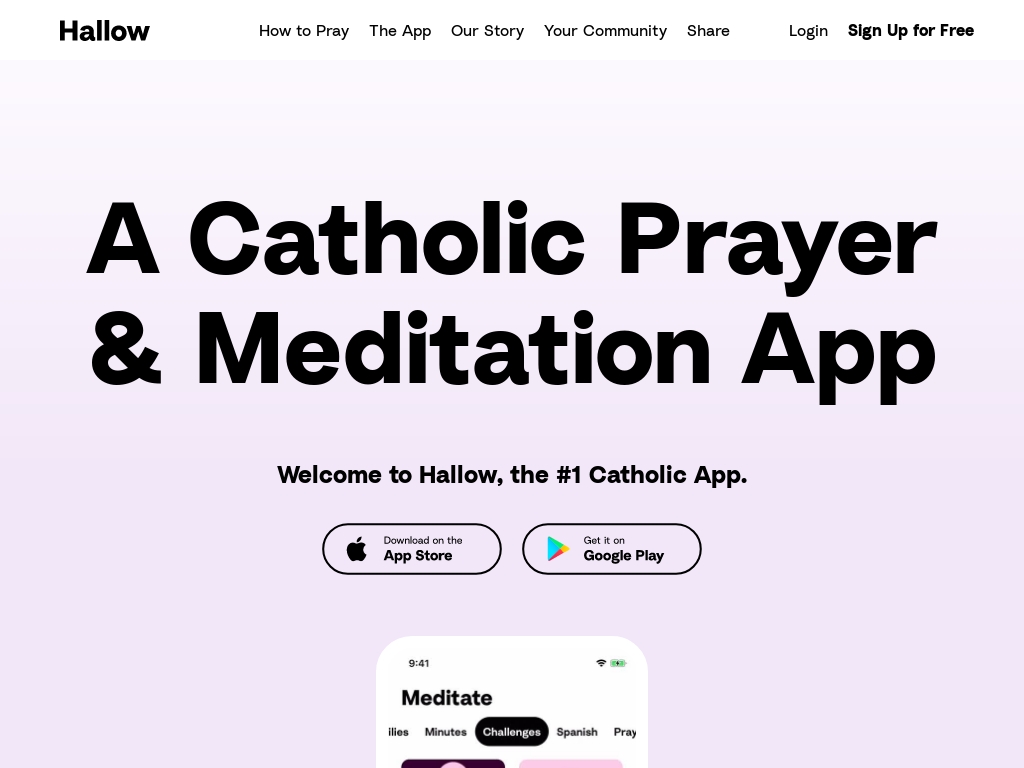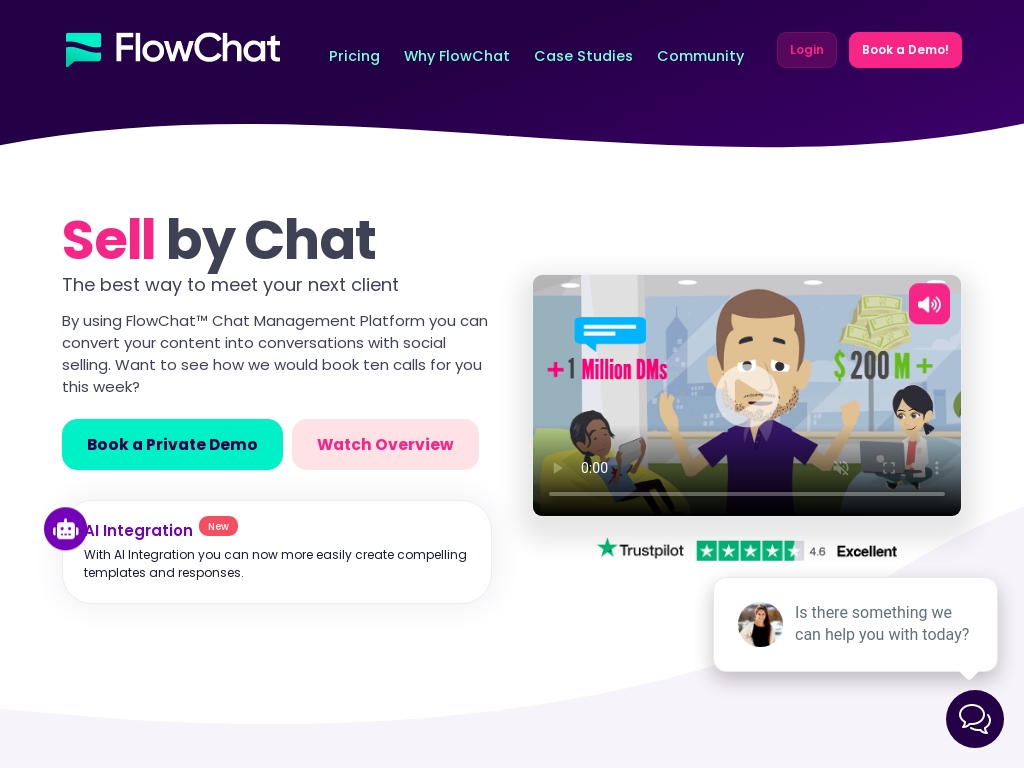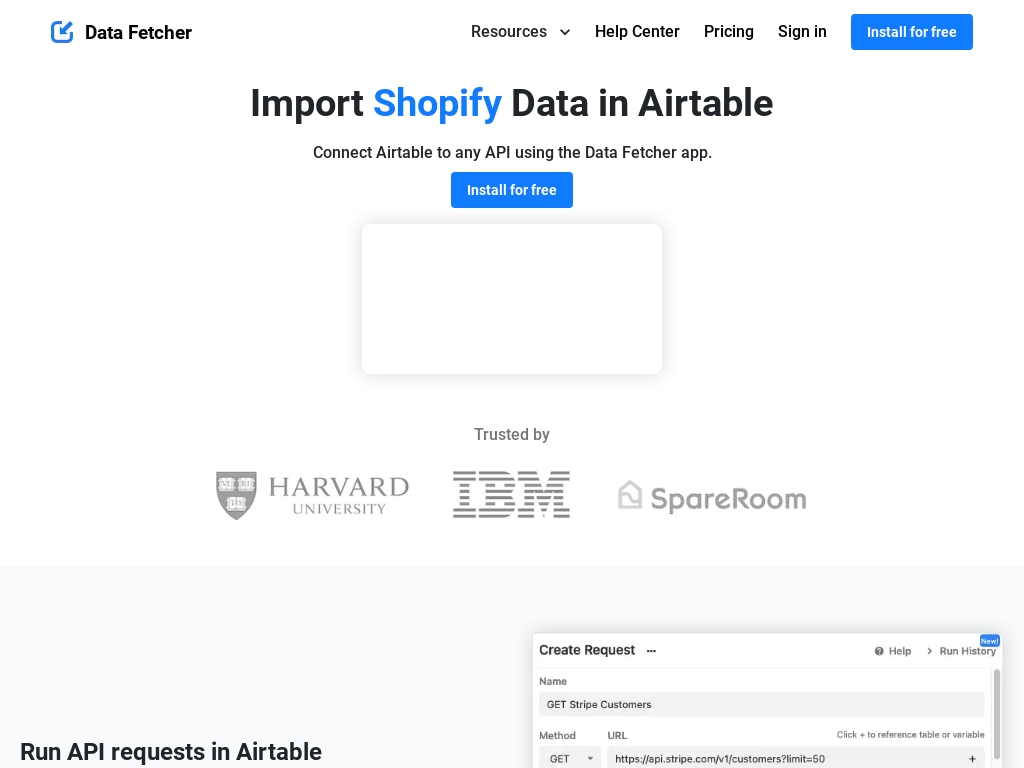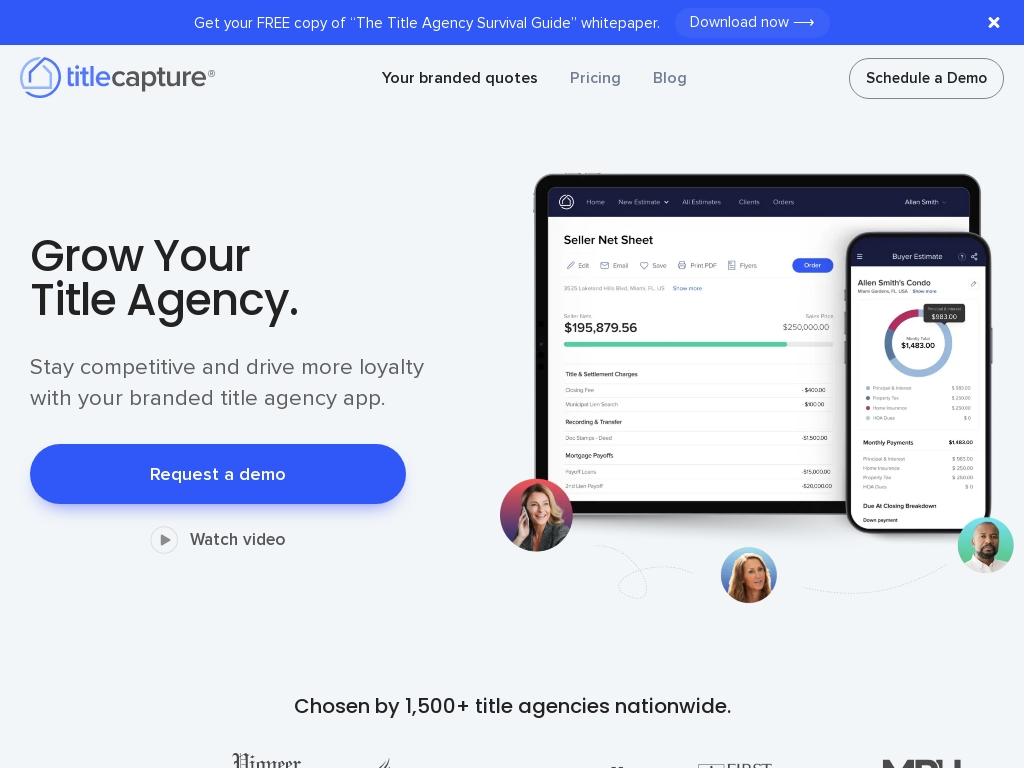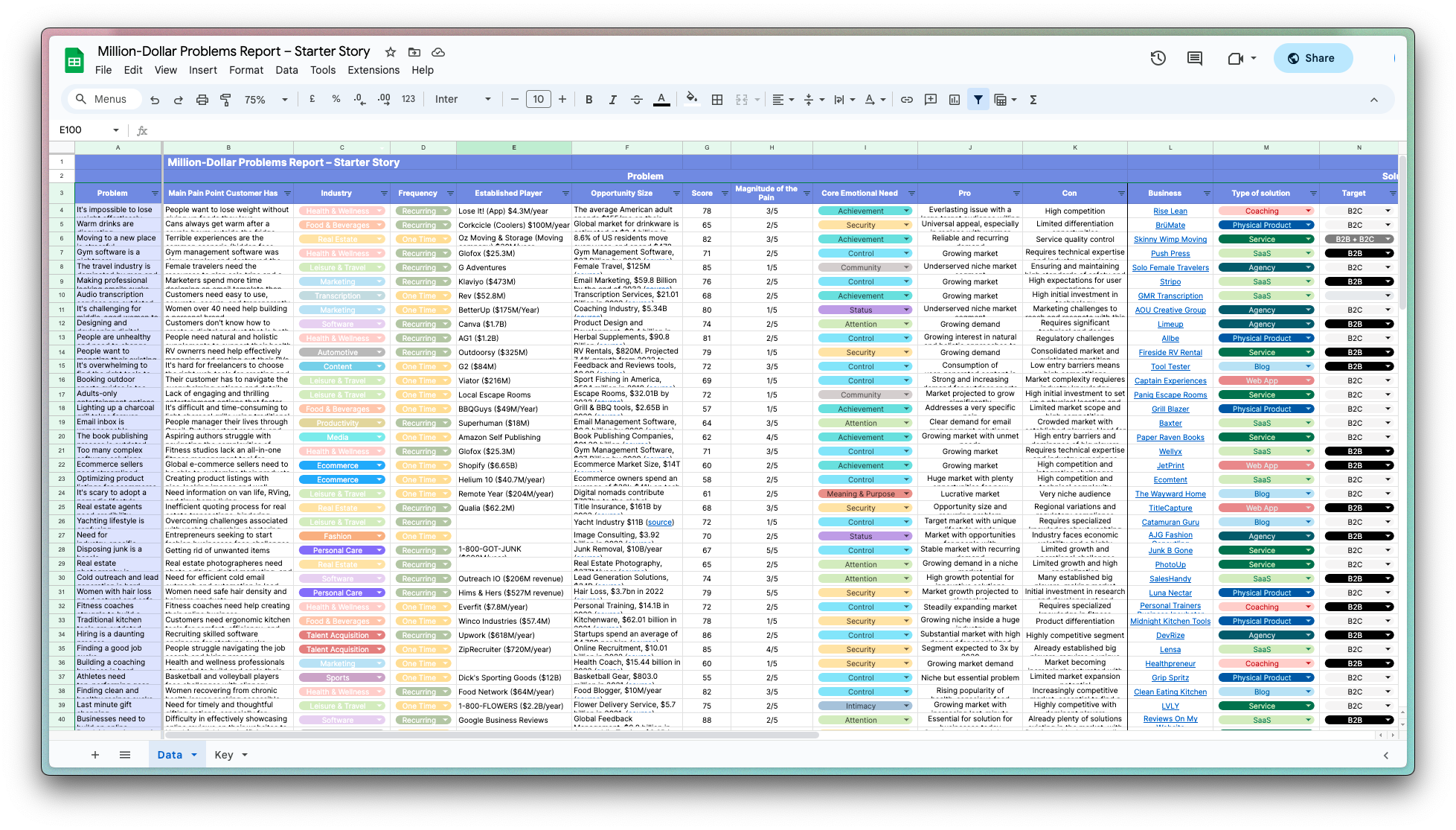
How Co-CEOs Scaled monday.com to $120M ARR in 3 Years
Who is Roy Mann?
Monday.com was co-founded by Eran Zinman and Roy Mann in Tel Aviv, Israel. Before Monday.com, Eran Zinman worked as the head of research and development at Conduit Mobile, while Roy Mann was an executive at Wix, specializing in gaming entrepreneurship. Zinman and Mann, both with backgrounds in technology and development, collaborated to create a more efficient workplace tool, leading to the birth of Monday.com.
What problem does monday.com solve?
Monday.com solves the problem of disorganized project management by offering a user-friendly platform that helps teams efficiently manage their workload, reducing the time wasted on coordination chaos often experienced with other tools. Users appreciate its intuitive design and customization options, making it invaluable for turning complex project workflows into clear, streamlined processes, which is why they are willing to invest in it for smoother operations.
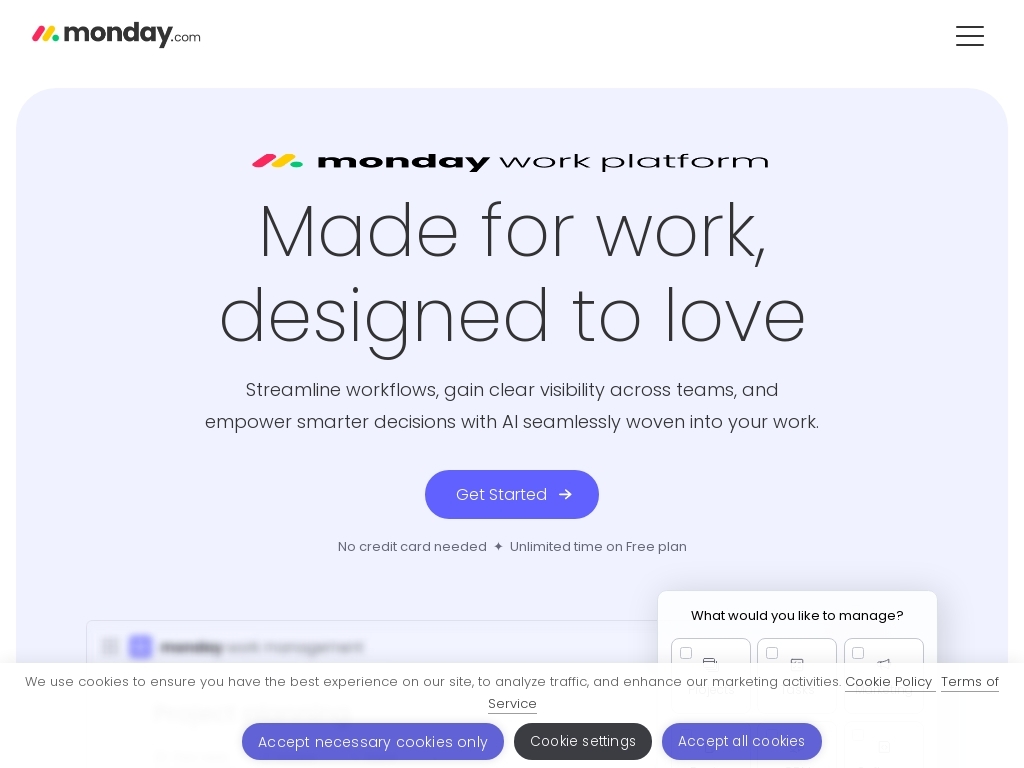
How did Roy come up with the idea for monday.com?
Eran Zinman and Roy Mann, co-founders of monday.com, started with a unique perspective on the project management tool landscape. While working at separate companies—Conduit for Zinman and Wix for Mann—both founders noticed the lack of a dominant tool that could seamlessly manage work processes. They wanted a tool that was not only versatile but also user-friendly and customizable to fit various business needs. This insight came from experiencing how cumbersome existing tools could be, and realizing that no one software was truly leading the market in this area.
Their approach was different from typical startups aiming to innovate with new concepts; instead, they sought to improve and refine the already crowded project management space. Before diving in, they took the critical step of talking to customers and probing into their day-to-day challenges. This investigation convinced them that many businesses were improvising makeshift solutions rather than having one robust platform handle day-to-day tasks. They decided that whatever they built had to be flexible enough to adapt to each customer's unique workflows and business processes.
During the early stages, they focused on collecting insights from potential users rather than solely showcasing what they had built. Instead of just believing in their technical skills, they made sure to adapt based on feedback, adjusting their focus from a communication tool to a flexible work management platform. One of their challenges was rebranding, which eventually led to changing the company name from DaPulse to monday.com, a move that significantly helped in appealing to a broader audience and making their tool memorable.
How did Roy Mann build the initial version of monday.com?
Monday.com was initially built under the name DePulse in 2012 by Roy Mann and Eran Zinman during their time at Wix and Conduit, respectively. The product was created using a highly flexible platform, allowing users to customize their own workflows, which was a significant factor in its early success. Initially, they struggled with the direction of the product and pivoted from a focus on communication to flexible management after finding that many tools in their category were considered nice-to-have rather than essential. This pivot was crucial and led to their breakthrough.
The development process was heavily reliant on customer feedback and iterative testing, where the founders constantly refined features to align with user needs. As developers, Mann and Zinman built the foundational elements by themselves, making the development process technically challenging and iterative. They found it difficult to fundraise initially, with 99% of investors rejecting them. Leveraging primarily off-the-shelf cloud technologies, alongside custom-built tools like their internal analytics engine called BigBrain, they maintained a focus on performance marketing and user-centered design from the onset. The first version took about a year to evolve into a product that gained traction, demonstrating their commitment to rapid prototyping and agile iteration. The process was far from easy, with substantial pressure on effectively managing cash flow and meeting user demands, yet their perseverance set the tone for the company’s future innovation and expansion.
What was the growth strategy for monday.com and how did they scale?
YouTube
Monday.com has been successful with YouTube Ads as part of their marketing strategy. They used this channel to effectively increase brand visibility and attract new users by capturing attention within the platform's extensive audience. The rebranding of the company played a crucial role in this success, as the name "Monday" was memorable and stood out during the brief attention span afforded by ads. This strategic move helped boost the effectiveness of their YouTube presence.
Why it worked: The strength lay in building a recognizable brand that could be quickly recalled after viewing a video ad. YouTube allowed Monday.com to reach a wide range of potential users effectively, significantly boosting their customer acquisition at scale.
Performance Marketing Engine
Monday.com built an in-house tool called "BigBrain" to meticulously track every aspect of their marketing campaigns, from user clicks to conversions. This tool was instrumental in optimizing their performance marketing efforts, particularly on channels like Facebook Ads. By focusing on cash flow metrics, they maximized efficiency and recycled marketing investments to compound growth.
Why it worked: BigBrain enabled precise tracking and continuous A/B testing to refine campaigns for faster returns on investment. This focus on cash efficiency meant the returns from marketing spend could be quickly reinvested, fueling rapid scale-up without exhausting resources.
Facebook Ads
Monday.com began its initial marketing efforts through Facebook, gaining access to a vast and diverse audience. Facebook's broad reach brought in unexpected customer types like churches, hotels, and retail companies, diversifying their user base beyond tech startups.
Why it worked: The platform's wide user base helped Monday.com discover and capture markets they hadn't initially targeted. Moreover, Facebook Ad's detailed targeting capabilities allowed Monday.com to optimize campaigns quickly and expand their customer segments effectively.
Horizontal Expansion
Monday.com pushed its growth through multi-product strategies by expanding beyond its initial work management platform into CRM, dev, and service management software. This was a response to existing users who creatively tailored the platform for various business processes, demonstrating demand for broader applications.
Why it worked: By leveraging customer insights and existing usage patterns, Monday.com could tailor new offerings such as a CRM backed by strong customer demand, which accelerated category expansions. This strategy fueled cross-product sales and solidified its position across multiple verticals, ensuring sustained growth across different business functions.
What's the pricing strategy for monday.com?
Monday.com utilizes a tiered pricing model offering Basic, Standard, Pro, and Enterprise plans starting at $8 per user per month, scaling as user count and feature needs increase, with a free trial for new users.
What were the biggest lessons learned from building monday.com?
- Embrace Failure for Growth: Early failures taught Monday.com the value of using failures as learning opportunities. By embracing and learning from their mistakes, they were able to iterate and improve their product rapidly.
- Customer Feedback is Key: Customer feedback was pivotal in the company's pivot from a communication-focused tool to a more versatile work management platform. This responsiveness helped them develop a product that truly met user needs.
- Prioritize Adaptability: The ability to pivot and adapt to market demands ensured Monday.com's growth from a small startup to a significant player in the SaaS industry. Adaptability allowed them to implement a multi-product strategy to meet diverse client needs.
- Build a Strong Performance Marketing Engine: Investing in a proprietary marketing engine allowed the company to efficiently track performance metrics and optimize cash flows. This approach enabled them to scale effectively and sustainably.
- Focus on Resilience and Perseverance: Despite initial rejections and challenges in fundraising, the founders’ determination and strategic pivots secured the necessary support and resources for continued growth. Resilience was essential to achieving long-term success.
Discover Similar Business Ideas Like monday.com
|
|
Idea
|
Revenue
|
|---|---|---|
|
Chatbase
|
AI chatbot builder for businesses.
|
$180K
monthly
|
|
Hallow
|
"Catholic prayer and meditation app fostering faith growth."
|
$278K
monthly
|
|
AutoShorts.ai
|
AI-powered tool for auto-summarizing content.
|
$41K
monthly
|
|
ScreenshotOne
|
API for capturing website screenshots easily.
|
$2.2K
monthly
|
|
FlowChat
|
Automated lead generation for agency owners and solopreneurs.
|
$100K
monthly
|
|
Data Fetcher
|
Airtable data import tool for diverse applications.
|
$23K
monthly
|
|
TitleCapture
|
TitleCapture: Streamlined quoting app for U.S. title companies.
|
$300K
monthly
|
More about monday.com:
Who is the owner of monday.com?
Roy Mann is the founder of monday.com.
When did Roy Mann start monday.com?
2012
What is Roy Mann's net worth?
Roy Mann's business makes an average of $83.3M/month.
How much money has Roy Mann made from monday.com?
Roy Mann started the business in 2012, and currently makes an average of $1B/year.
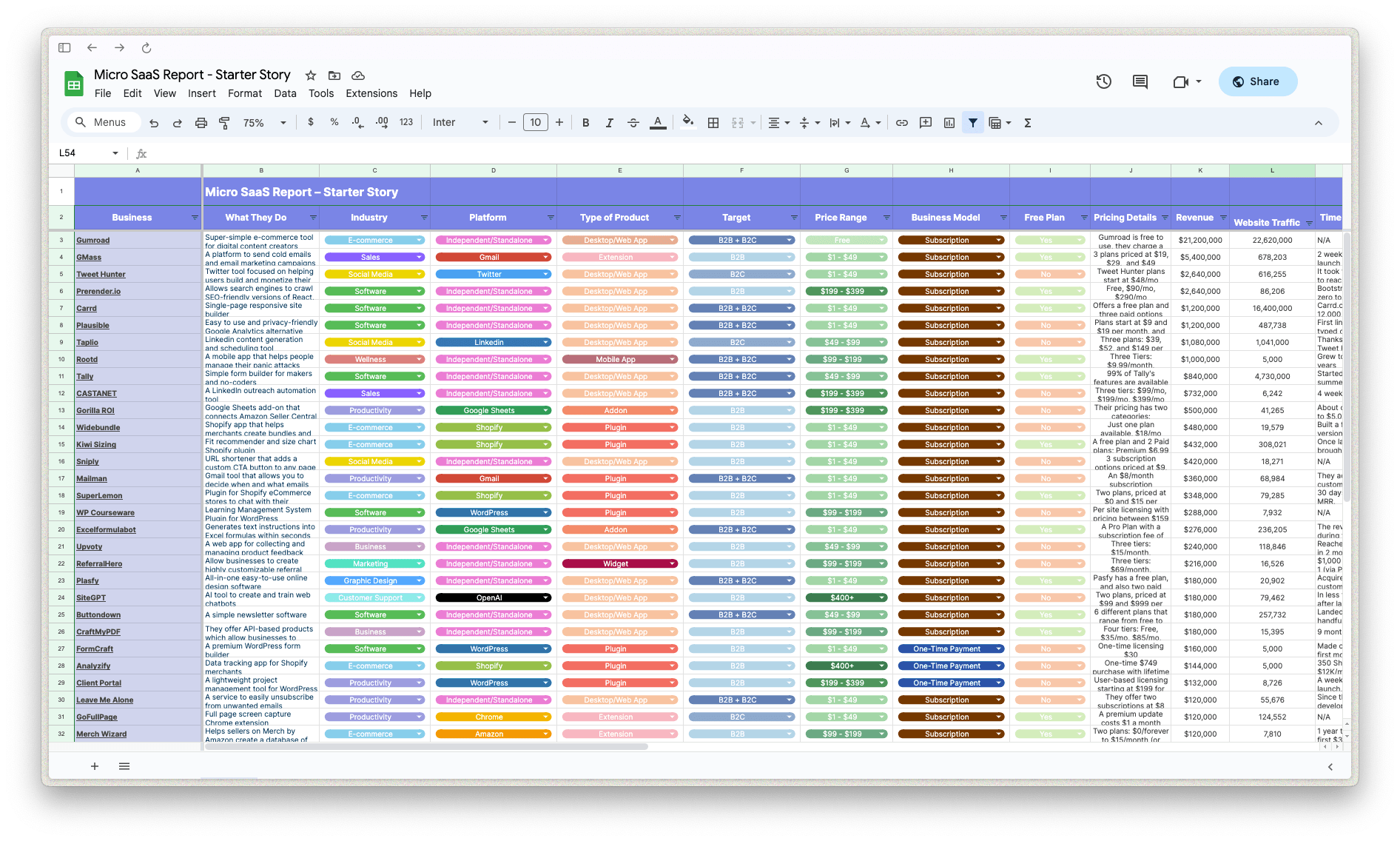
Download the report and join our email newsletter packed with business ideas and money-making opportunities, backed by real-life case studies.

Download the report and join our email newsletter packed with business ideas and money-making opportunities, backed by real-life case studies.

Download the report and join our email newsletter packed with business ideas and money-making opportunities, backed by real-life case studies.

Download the report and join our email newsletter packed with business ideas and money-making opportunities, backed by real-life case studies.

Download the report and join our email newsletter packed with business ideas and money-making opportunities, backed by real-life case studies.

Download the report and join our email newsletter packed with business ideas and money-making opportunities, backed by real-life case studies.

Download the report and join our email newsletter packed with business ideas and money-making opportunities, backed by real-life case studies.

Download the report and join our email newsletter packed with business ideas and money-making opportunities, backed by real-life case studies.

